In August 2015, the Forest Practices Board audited the activities of Tanizul Timber Ltd. on the current Community Forest Agreement K4B (CFA K4B) and the preceding Tree Farm Licence 42 (TFL 42), located in the Fort St. James District. Tanizul Timber Ltd. held TFL 42 until the licence was replaced with CFA K4B in 2009. Both TFL 42 and CFA K4B cover the same area and activities took place approximately 50 kilometers north west of Fort St James.
The audit found good practices with the exception of one area of improvement regarding fire protection. All other activities (operational planning, timber harvesting, road construction and maintenance, and silviculture) complied in all significant respects with the requirements of the Forest and Range Practices Act, the Wildfire Act and all related regulations.
In September 2015, the Forest Practices Board audited range planning and practices on five agreements for grazing in the Cascades district. Four of the agreement areas are located around Merritt and the smallest of the agreements audited is located just north of Princeton. The audit involved assessing compliance with the Forest and Range Practices Act, including the required content of range use plans and whether agreement holders met practice requirements such as protection of riparian areas, upland areas, licensed waterworks and maintenance of range developments.
The audit found that all five range agreements audited had range plans that met the required content. Agreement holders generally met FRPA’s plan and practice requirements but on two agreements, a total of four areas requiring improvement were identified. On one agreement area, the holder did not comply with the grazing schedule in the range plan including the class of livestock and period of use in each pasture. Also, livestock caused damage to about 400 metres of stream and about 100 hectares of Crown land was being grazed without authority. On the other agreement area, livestock caused damage to about 130 metres of riparian area.
As part of its 2015 compliance audit program, the Forest Practices Board randomly selected the Forest Licence A19231, held by Western Forest Products Ltd. (WFP) in the Campbell River District, for audit. WFP’s operations are mainly located on Nootka Island, but also extend northward on Vancouver Island to the Zeballos area, with a few outlying areas north of Gold River. Limited access to Nootka Island creates operational challenges for WFP staff, so they contract Nootka Sound Timber Co. Ltd. to manage operations on the island.
The audit identified two notable practices; one is an electronic bridge ledger system and the other is a terrain risk management strategy. WFP kept a very detailed bridge ledger, recording and digitally linking construction, inspection and maintenance documents in one central, easy to follow location. This bridge database is the most user friendly, comprehensive collection of bridge information the Board has seen yet. In addition, WFP developed a terrain risk management strategy that informs and guides its forest road and harvesting activities. It was developed with terrain and hydrological expert assistance, and has been in use by the company since 2013. The Board has not seen this type of strategy elsewhere.
The audit also identified an area requiring improvement related to road construction and maintenance at a fish stream crossing. While constructing a road to access timber WFP installed a box culvert to cross a fish stream (S3). During construction, WFP placed angular rock on the stream banks to stabilize them and to provide a foundation for the culvert. The rock constricts the stream channel and could potentially accelerate stream flow and erode the channel when stream flow is high. A fish biologist assessed the potential impacts on fish and fish habitat and determined the constriction will likely have a minimal impact.
As part of its 2014 compliance audit program, the Forest Practices Board randomly selected the Kamloops field unit portion of BC Timber Sales' (BCTS) Kamloops Business Area for audit, located in the Thompson Rivers District. BCTS operates in 30 operating areas in the Kamloops field unit. They are located within the Thompson River drainages and near the communities of Kamloops, Cache Creek, Chase, Little Fort and Barriere and includes Kamloops, Bonaparte and Adams lakes.
The audit identified one area requiring improvement with respect to a TSL holder maintaining natural drainage along a road and trail it had constructed to access timber. Auditors found that the TSL holder did not maintain natural drainage patterns along the length of the road and trail, causing water to flow down the ditch-line and into the forest, where the water and sediment settled on an old trail located 10-metres upslope from a small fish-bearing stream. After the audit, the TSL holder deactivated the road and rehabilitated the trail to restore natural drainage.
The Board conducted a limited scope compliance audit focusing on compliance with the Wildfire Act and Wildfire Regulation of three oil and gas companies operating under master licences to cut in the Lower Beatton Landscape Unit. Auditors examined fire hazard assessment and abatement activities for land clearing activities carried out by Venturion Oil Limited, ARC Resources Limited and Tervita between September 1, 2013, and September 23, 2015.
The audit found that Land clearing for all sites was well done, roads and pipelines were well constructed and fire hazard was abated in a timely and effective manner. However, licensees did not assess the fire hazard before they abated the hazard. Assessing fire hazard is a legal requirement and must be completed regardless of whether the hazard was abated. Consequently, the licensees are non-compliant with legislation but is not considered significant since fire hazards are being abated in an effective and timely manner. As a result, this is an area requiring improvement.
